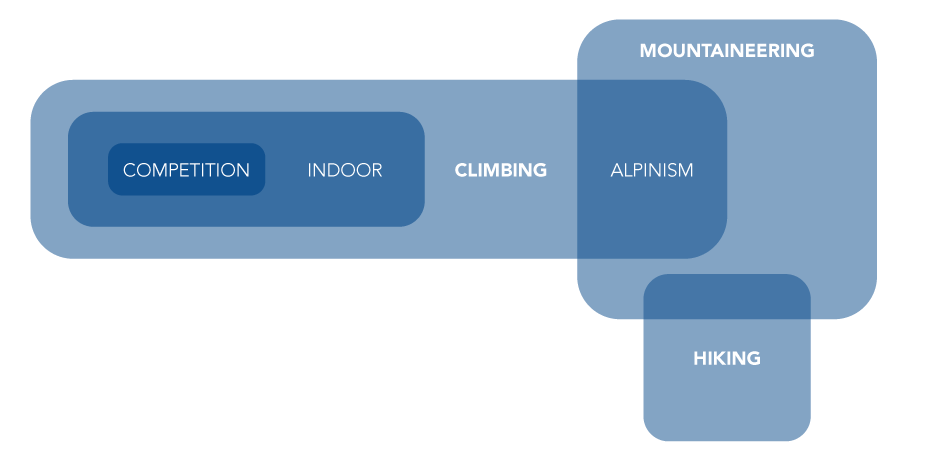NORM 2
We accept other people’s styles when different from our own
Modern climbing encompasses a broad spectrum of activities ranging from hiking and bouldering to crag climbing and mountaineering.
Mountaineering includes what is generally known as “alpine” climbing and includes extreme forms of high-altitude alpinism and expedition climbing in the greater ranges such as the Andes or Himalayas.
Controversies around style reflect the fact that on the 8000m peaks at least, we are in an overtly commercial era of mountaineering.
Consequently, there exists a tension between recognising each climber’s right to climb in any style they wish, and recognition that there may be better ways to do things.
Although all climbers have equal rights, not all styles are equal in the respect they command in our mountain community. This is in part at least, a cultural distinction.
• We recognize that lightweight climbing reduces our impact on the human and natural environment.
• We appreciate that all forms of mountaineering, including trekking and other forms of mountain tourism, also benefit from this approach.
• We aspire to lightweight alpine-style climbing, but we recognise with respect those who prefer the fully guided ascents popular on the 8000 metre peaks.

Balancing risks success and failure
Rights and responsibilities

